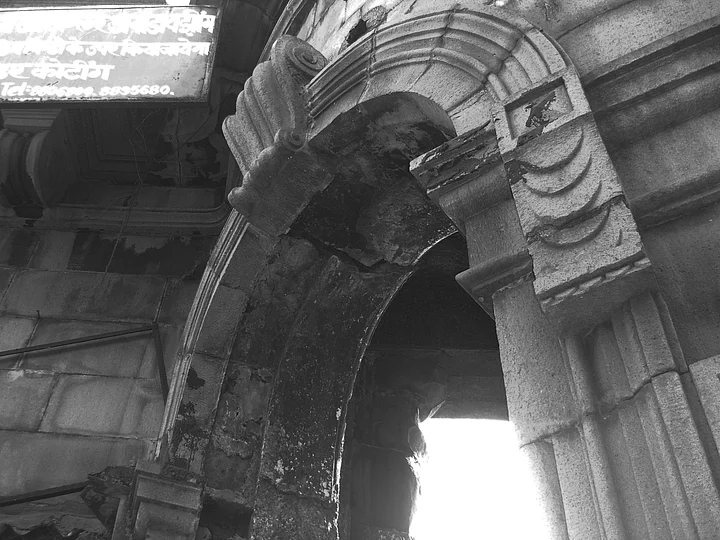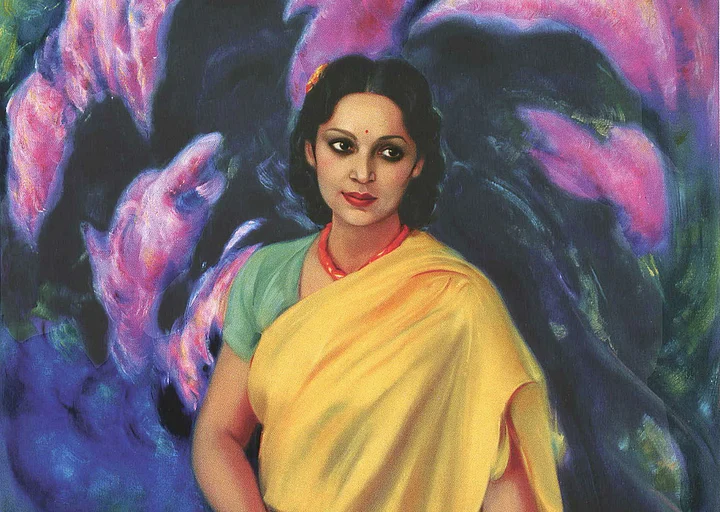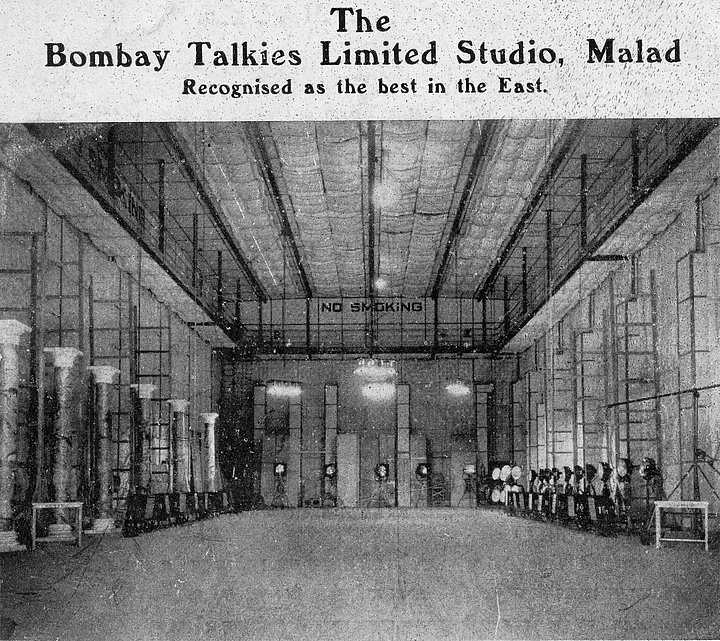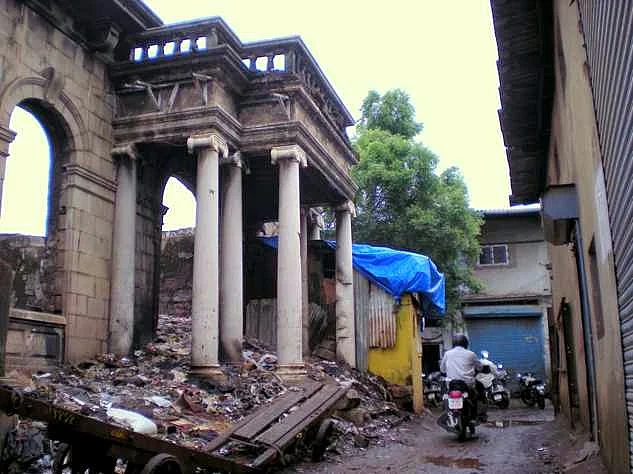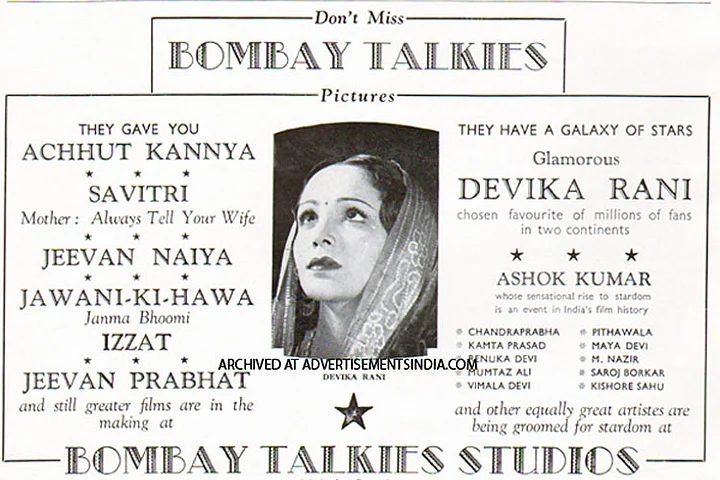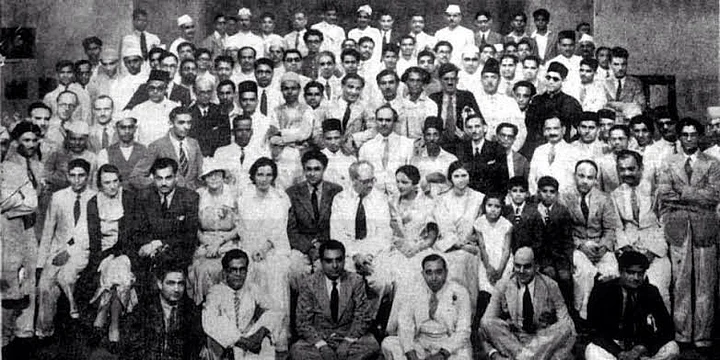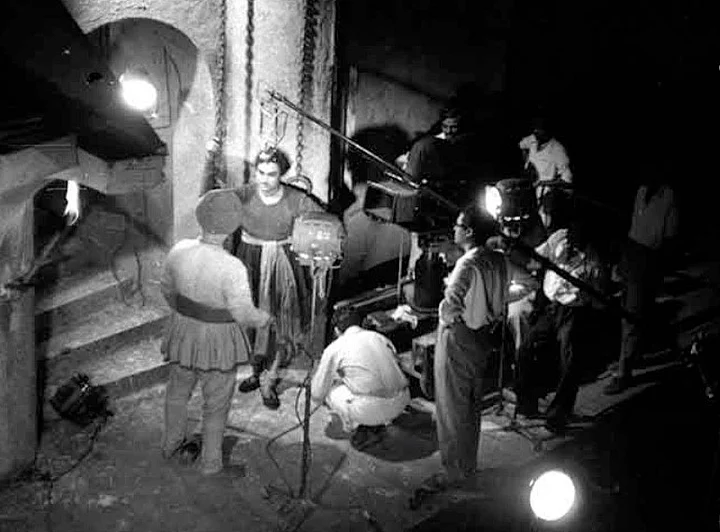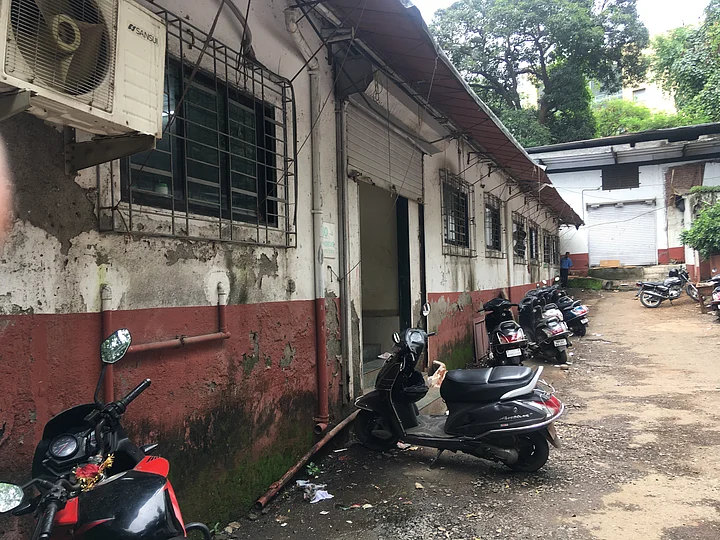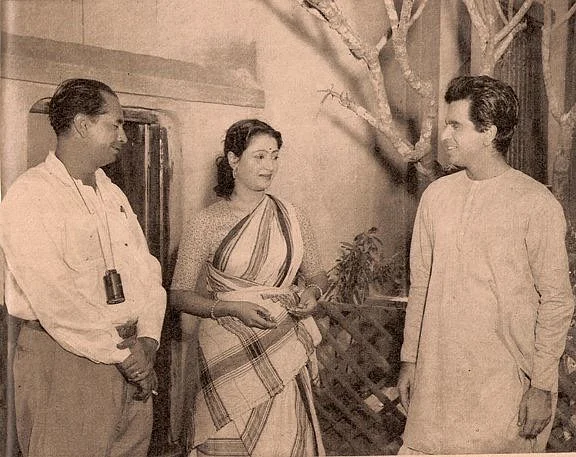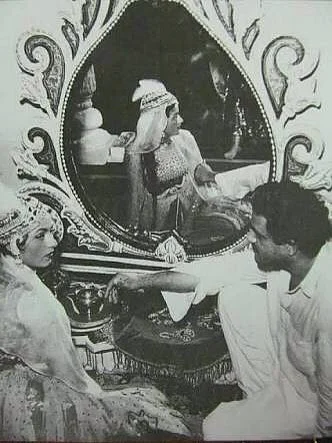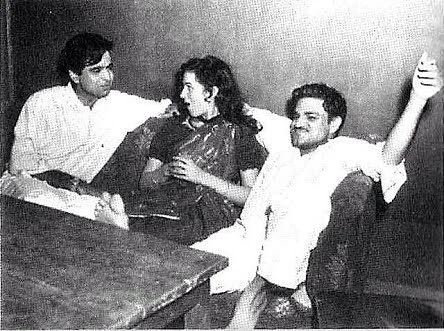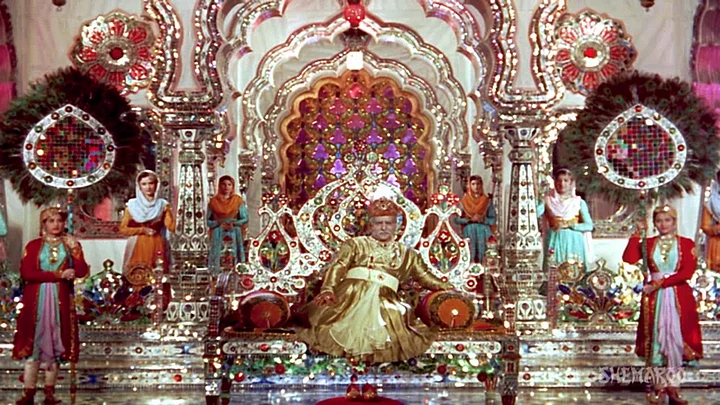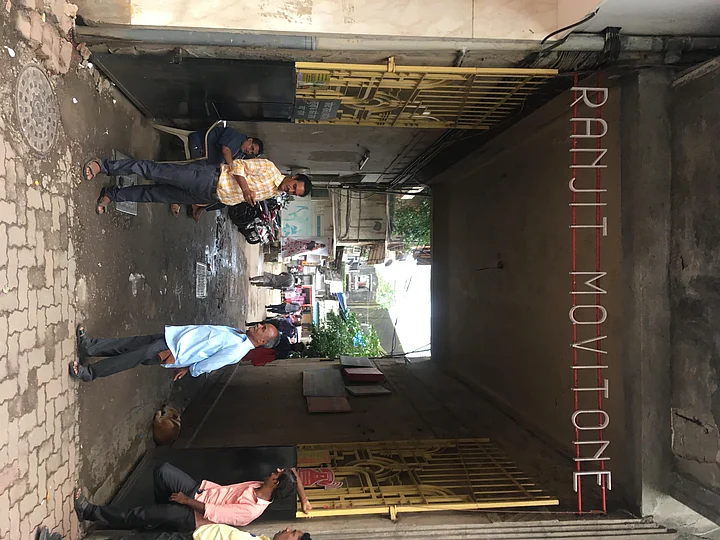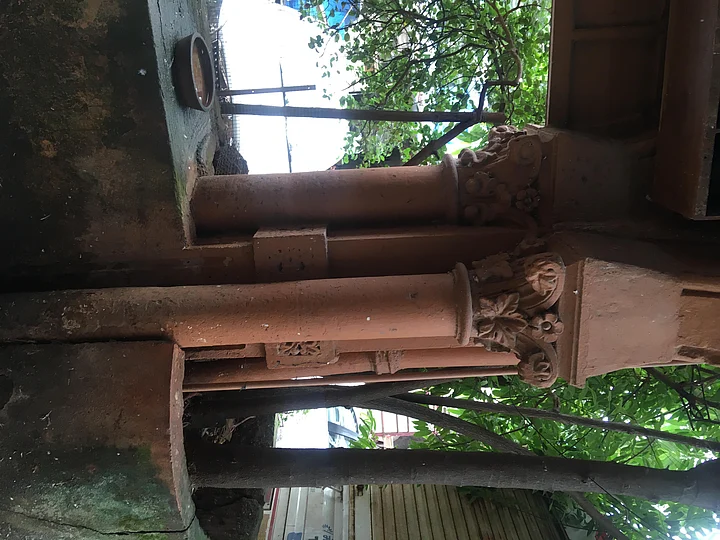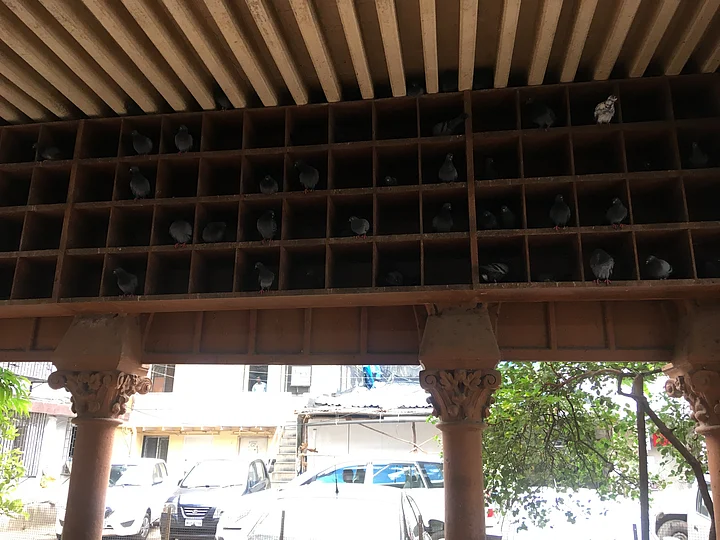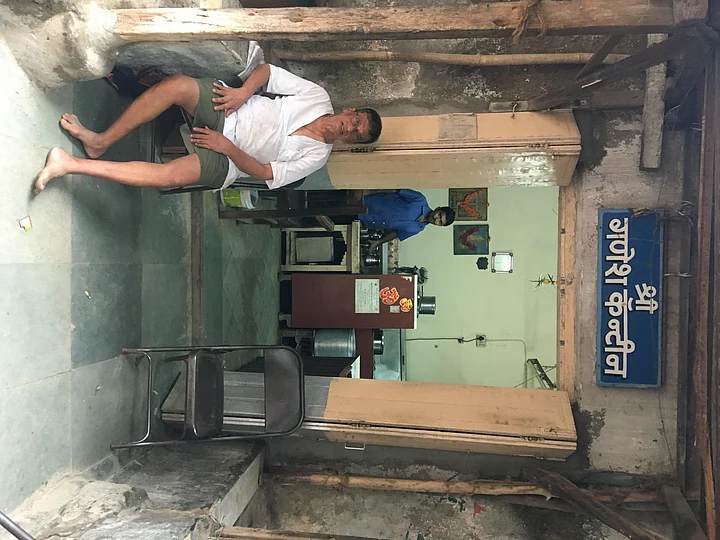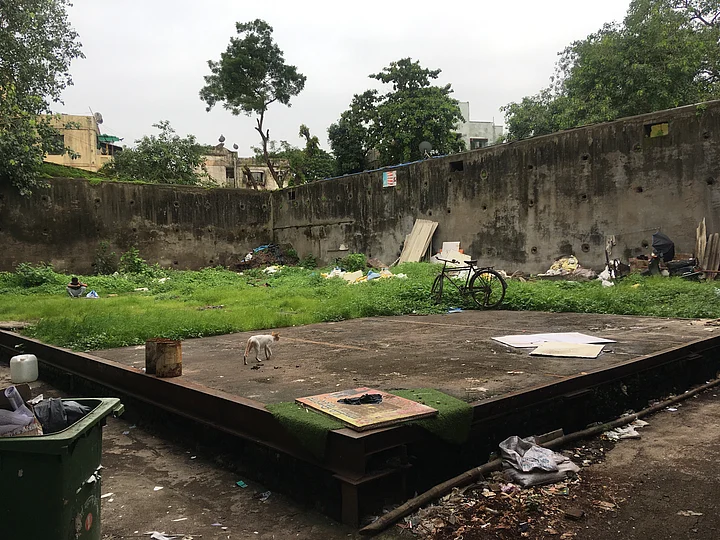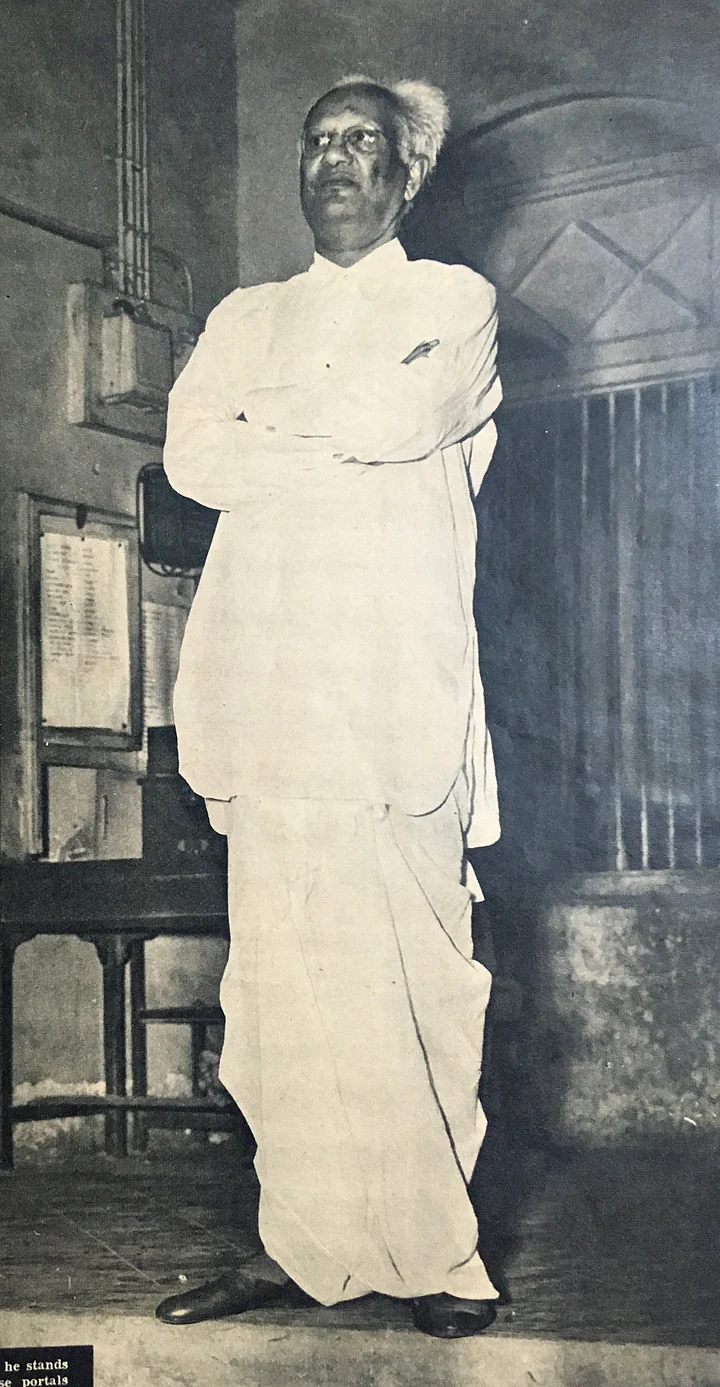At least three of India’s greatest film studios – where classics of Hindi cinema were shot during the early talkie era of the mid-1930s right down to the early 1980s – are way beyond recognition today. If faint signs of the glorious years still survive at the hallowed, sprawling areas, these are purely accidental.
Vestiges of vintage studio architecture in the form of crumbling colonnades, filigreed ceilings, greystone walls and teakwood panels can be spotted but just about at the Bombay Talkies, Mohan Studio and the Ranjit Movietone, located in bustling neighbourhoods of Mumbai.
It’s at this trinity of studios that yesteryear’s constellation of top stars – Prithviraj Kapoor, Ashok Kumar, Dilip Kumar, Raj Kapoor, Motilal, Madhubala, Meena Kumari, Nimmi, Suraiya and Nirupa Roy to mention just a few – initiated and established their legendary careers.
Bombay Talkies
Bombay Talkies (1934-1953) in Malad, where Achhut Kanya (1936) was filmed, was founded by Himanshu Rai and his wife Devika Rani. Its backstory brims over with romance and the good times, followed by tragedy and closure. The ‘glamour girl’, as she was monikered, eloped with actor Najm-ul-Hassan, sparking a scandal. The liaison was short-lived.
- 01/10The entrance of the run down Bombay Talkies today.Photo Courtesy: Richard Kazn Young

- 02/10Where the greats once stood: Bombay TalkiesPhoto Courtesy: Richard Kazn Young

- 03/10Bombay Talkies as it stands today. Photo Courtesy: Rohit Sharma

- 04/10Devika Rani, the glamour girl.Portrait by Svetsolav Roerich

- 05/10Film poster of Janma Bhoomi, a Bombay Talkies production. https://twitter.com/search?f=images&vertical=default&q=bombay%20talkies%20studio&src=typd&lang=en

- 06/10Bombay Talkies studio floor, back in the day. Photo Courtesy: cuttingthechai.com

- 07/10This is what Bombay Talkies, or what is left of it, looked like in 2010. The ornate structure that survives used to be the main studio office. The rest of the compound is completely occupied by small-scale manufacturing workshops.Photo Courtesy: Debashree Mukherjee

- 08/10An advertisement for the films that came to life at Bombay Talkies.Photo Courtesy: Twitter

- 09/10Team of Bombay Talkies with journalists and special guests at the preview show of Savitri (1937) at the Bombay Talkies studio, Malad.Photo Courtesy: Pinterest

- 10/10Salim Ali, Ashok Kumar, Gyan Mukherjee and others setting up a shot, filming Shamsheer (1953) at Bombay Talkies, Malad.Photo Courtesy: Josef Wirsching, wirschingarchive.com

A year after the outbreak of World War II, Rai died following a nervous breakdown. Devika Rani took over to become the supremo, starring in a series of social reformist films including Durga (1939), Anjaan (1941) and Hamari Baat (1943).
Hard talk abounded about her support-systems – manager Sashadhar Mukherjee and Ashok Kumar, whom she had groomed as a hero – planning to break away and form an independent studio.
When her efforts to carry on regardless failed, Devika Rani married the Russian painter Svetsolav Roerich, and sold the property – now worth an incalculable number of multi-crores – to a businessman in '53, and spent the rest of her life, mostly in Bangalore.
Today, the studio is a free-for-all shanty colony pocked with small-scale industrial units. Rodents overrun the place, noise pollution blared by rudimentary machinery choke the air. A bungalow, where Devika Rani resided in the compound, is in shambles. Brick walls showing stains of recurrent fire outbreaks, add to the squalor.
Mohan Studio
Hyper-active from the early 1950s to the ‘80s, Mohan Studio is an eyesore on a vast expanse on Andheri-Kurla Road. And to think that it served as the eye-dazzling set of the Sheesh Mahal constructed for the durbar sequences of K. Asif’s magnum opus Mughal-e-Azam (1960).
Once known as Asif Studio, it changed hands but was never the same again. The last film to be shot there was the distinctly forgettable Govinda romedy Tan Badan (1986).
- 01/08One can only guess where Mughal-e-Azam’s Sheesh Mahal once stood in this crumbling structure today. Photo Courtesy: Rohit Sharma

- 02/08What’s left of the iconic Mohan Studio.Photo Courtesy: Rohit Sharma

- 03/08Bimal Roy, Suchitra Sen and Dilip Kumar on the set of Devdas (1955) at Mohan Studio. Photo Courtesy: www.learningandcreativity.com

- 04/08K Asif directs Madhubala on the set of Mughal-e-Azam, at Mohan Studio.Photo Courtesy: Facebook/Cineplot

- 05/08Dilip Kumar, Madhubala and K Asif chat during a break while filming Mughal-e-Azam at Mohan Studio.Photo Courtesy: Facebook/Cineplot

- 06/08Dilip Kumar, Nigar Sultana and K Asif share a joke during a break while filming Mughal-e-Azam at Mohan Studio.Photo Courtesy: Facebook/Cineplot

- 07/08Italian film maker Roberto Rossellini visited the grand set of Sheesh Mahal at Mohan Studio built for Mughal-e-Azam, in the mid-’50s. He is flanked by Prithviraj Kapoor, K Asif, Madhubala and Dilip Kumar.Photo Courtesy: Facebook/Cineplot

- 08/08Prithviraj Kapoor in a scene from Mughal-e-Azam. Photo Courtesy: Shemaroo

Bimal Roy starting with Do Bigha Zameen (1953) had shot the interiors of several of his films at Mohan. Gulzar’s aborted take on Devdas was picturised here for a brief spell. Two reels featuring Dharmendra and Sharmila Tagore are mouldering away in the cans.
A scant few from the apartment complex and a healthcare centre, which now stand on the spot, are aware of the fact that film history was made here.
Ranjit Movietone (1929-1975)
During his heyday, the flamboyant producer-director Chandulal Shah in an interview with Filmfare said, “There are not as many stars in heaven as there are in Ranjit.” Shah who didn’t shy away from being seen in public with his companion singer-actress Gohar Mamajiwala, set up this studio in Dadar for his own medium-budget productions, often underlined with a women-centric themes. Count among them Miss 1933 (1933), Toofani Taruni (1934) and Barrister’s Wife (1935), besides the children’s film Zameen ke Taare (1960).
- 01/07The entrance to the iconic Ranjit Movietone studio stands as it was, even today. Photo Courtesy: Rohit Sharma

- 02/07Ranjit Movietone as it looks today, standing in the middle of a busy Mumbai street. Photo Courtesy: Rohit Sharma

- 03/07This ornate pillar at Ranjit Movietone is likely to have starred in several films. Photo Courtesy: Rohit Sharma

- 04/07Parts of Ranjit Movietone are now in shambles. Photo Courtesy: Rohit Sharma

- 05/07The canteen inside Ranjit Movietone where Dharmendra and Manoj Kumar in their struggling years. Photo Courtesy: Rohit Sharma

- 06/07Ranjit Movietone is in dire need of a facelift. Photo Courtesy: Rohit Sharma

- 07/07The flamboyant producer-director Chandulal Shah, who set up Ranjit Movietone. Photo Courtesy: Twitter

Incidentally, Ranjit stands on an arterial road of Dadar named Dadasaheb Phalke Marg after the pioneer of Indian cinema. The studio would be hired out for other film shoots, notably the K.L. Saigal starrer Tansen (1943), the Kidar Sharma directed Jogan (1950) and Zia Sarhady-helmed Hum Log (1951).
Actors would be paid a monthly salary of Rs 150. Madhubala, at the age of 14, had been tested by Shah to play the part of a 60-year-old woman. Her audition was approved but on second thoughts Shah felt, she wasn’t quite ‘star material’ yet.
A regular at the race course, Shah struck up debts leading to the end of the studio.
Today, the studio retains its original signage (Movietone spelt as Movitone). The canteen where Dharmendra and Manoj Kumar in their struggling years, would cadge meals, closed down lately.
Ranjit is now a haphazard collection of cramped residences and shops. A security guard, on the condition of anonymity, said that a section of the residential homes had become a red-light area, with touts hanging around the streets and the women soliciting clients from the balconies.
“All that has been cleaned up now,” he ended cautiously.
Preservation and restoration of Mumbai’s heritage film centres has never been a priority or even under the realm of consideration with either the central or state governments.
Against all odds the lights and cameras are still on at a fistful of the venerable studios, primarily Mehboob, Rajkamal Kalamandir, Filmalaya (reduced to a fraction of its original size), Filmistan, Kamalistan and Famous.
Yet the volume of the shoots is meagre. Kiran Shantaram, son of the revered filmmaker V Shantaram strives to strike a positive note, saying, “We’re still functioning at Rajkamal, aren’t we? But yes, most of the bookings are for ad shoots and TV series.”
(At The Quint, we question everything. Play an active role in shaping our journalism by becoming a member today.)

